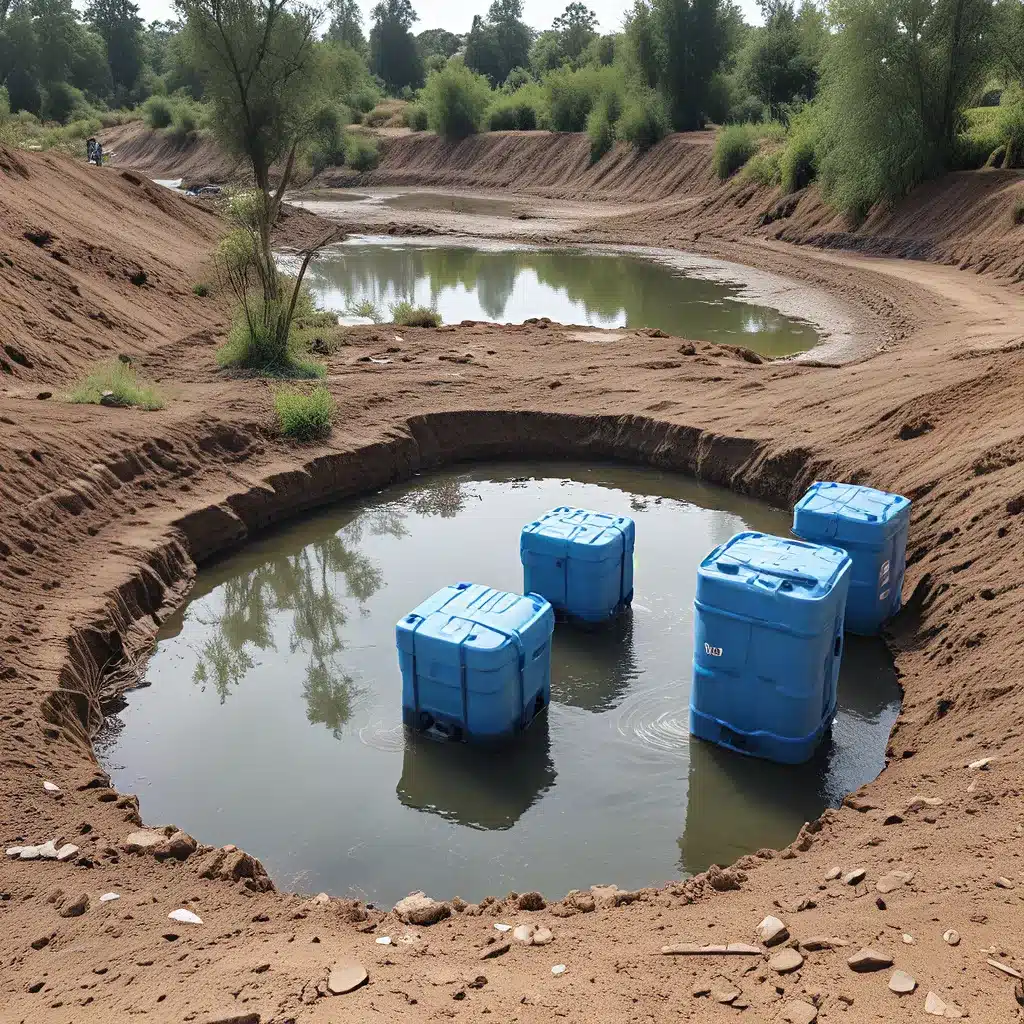
As the world grapples with an ever-growing array of environmental challenges, the role of water treatment professionals has never been more critical. From tackling the plastic pollution crisis to monitoring and mitigating the spread of viruses in our waterways, these unsung heroes are on the frontlines, working tirelessly to safeguard our most precious resource – water.
But what does it take to empower these water treatment teams and equip them with the knowledge and tools to tackle even the most daunting environmental emergencies? Well, my friends, pull up a chair and let me tell you a story…
Bringing Interdisciplinary Minds Together
It all began a few years back, when I had the chance to attend a conference hosted by the Stanford Woods Institute for the Environment. I’ll never forget the energy and excitement in the room as engineers, physicians, sociologists, and Earth scientists came together to discuss their collaborative efforts to revolutionize plastic recycling, combat the illegal wildlife trade, and even track and treat viruses in water.
These were no ordinary researchers – they were a ragtag group of problem-solvers, driven by a shared passion to tackle some of the world’s most pressing environmental challenges. And they weren’t doing it alone. Through the institute’s innovative grant programs, they had access to the funding and resources they needed to turn their ambitious ideas into real-world solutions.
As I listened to their stories, I couldn’t help but wonder: how can we apply this interdisciplinary approach to empower the water treatment teams on the frontlines of environmental emergencies? After all, these challenges don’t exist in a vacuum – they’re complex, multifaceted, and require a diverse array of expertise to address.
Breaking Down Silos, Building Bridges
One of the key insights I gleaned from the Stanford conference was the importance of breaking down disciplinary silos and fostering collaboration. Too often, water treatment professionals are siloed within their own domains, lacking the opportunity to cross-pollinate ideas and learn from experts in other fields.
But what if we could change that? What if we could create a platform where water treatment teams could connect with specialists in fields like environmental engineering, epidemiology, and even behavioral science? The potential for synergies and breakthroughs is simply astounding.
Imagine a world where water treatment teams could tap into the latest research on virus persistence in water, or leverage cutting-edge biotechnology to revolutionize plastic waste management. Or what if they could learn from experts in risk communication, empowering them to craft more effective messaging around environmental emergencies?
It’s a bold vision, I know, but it’s one that I believe is well within our reach. All it takes is a willingness to think outside the box and challenge the status quo.
Empowering Teams, Empowering Communities
Of course, empowering water treatment teams is just the first step. The real goal is to harness their expertise and knowledge to better serve the communities they work in – to be the first responders in environmental crises, the trusted voices that can guide people to safety and help them rebuild in the aftermath.
And that’s where the whole community approach comes into play. As the Federal Emergency Management Agency (FEMA) has recognized, effective disaster response and recovery requires the active engagement of all members of a community – from government agencies and nonprofits to the everyday citizens who live and work there.
By empowering water treatment teams to be at the forefront of this whole community effort, we can ensure that the people they serve have access to the reliable information, resources, and support they need to weather even the most daunting environmental emergencies.
Imagine a scenario where a community is facing a sudden spike in waterborne illness due to a mysterious contaminant. Instead of relying on generic public health advisories, the local water treatment team is able to leverage their expertise and connections to pinpoint the source of the problem, collaborate with epidemiologists to identify the culprit, and then work with risk communication specialists to craft a tailored messaging campaign that gets the community the information they need, when they need it most.
It’s a powerful vision, but one that I believe is within our reach. All it takes is a willingness to think differently, to challenge the status quo, and to empower the brave men and women on the frontlines of our environmental battles.
Embracing an Uncertain Future
Of course, as with any complex challenge, there’s no one-size-fits-all solution. The path forward will undoubtedly be paved with uncertainty, setbacks, and the occasional curveball.
But that’s where the strength and resilience of our water treatment teams will truly shine. By embracing a culture of innovation, collaboration, and continuous learning, they’ll be better equipped to navigate the unpredictable waters of environmental emergencies, no matter what challenges arise.
After all, as the inspirational Winnie Ramaru once said, “Empowering others is not about giving power, it’s about unlocking the power that is already within them.” And that, my friends, is precisely what we must strive to do for our water treatment teams – to unlock their full potential and empower them to tackle even the most daunting environmental emergencies.
So let’s roll up our sleeves and get to work. The future of our water, our communities, and our planet depends on it. Together, we can make a difference, one environmental challenge at a time.


